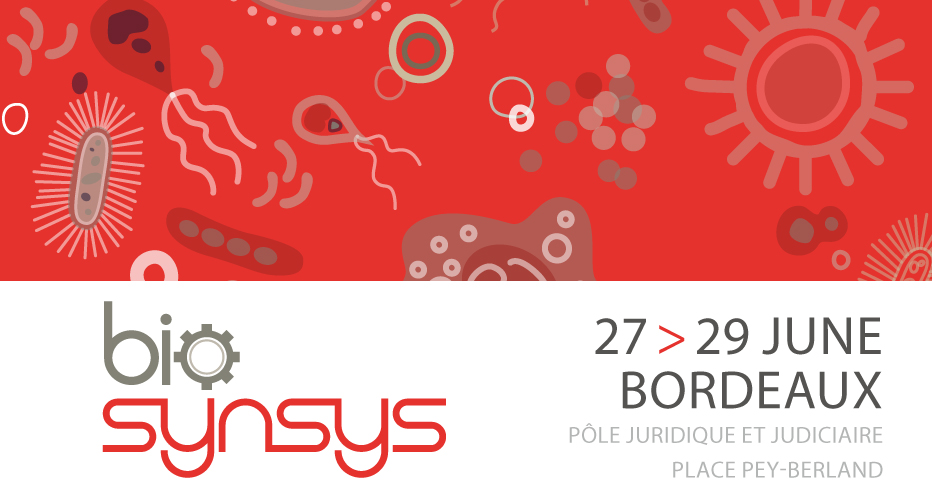The most successful expression system uses to produce membrane proteins for structural studies is the one based on the T7 RNA polymerase (Hattab et al., 2015). However, the major drawbacks of this system is the over-transcription of the target gene due to the T7 RNA polymerase transcription activity that is over ten times faster than the E.coli enzyme. Since the isolation of spontaneous mutants, namely C41 λ(DE3) and C43 λ(DE3) (Miroux and Walker, 1996) and the identification of their mutation in the genome, it becomes clear that reducing the amount of the T7 RNA polymerase level removes the toxicity associated with the expression of some membrane protein (Wagner et al., 2008; Kwon et al., 2015). Also, some membrane protein require very low rate of transcription to be correctly folded at the E. coli membrane. Our objective was to extend the promoter strength coverage of the T7 based expression system. We used genetic and genomic approaches to isolate and characterize new bacterial strains in which the level of T7 RNA polymerase is differently regulated than in existing hosts. A second objective is to understand internal membrane proliferation in E. coli. Indeed it has been shown that, for instance, over-expression of AtpF of E. coli F1Fo ATP synthase is accompanied by the proliferation of intracellular membranes enriched in cardiolipids (Arechaga et al., 2000). To understand metabolic pathways involved in membrane biogenesis, proliferation and organization, we have used a RNA sequencing approach at several time point upon over-expression of AtpF in the C43 λ(DE3). On the other hand, in collaboration with Gerardo Carranza Ferrer and Ignacio Arechaga of University of Cantabria (Spain) we studied C43 λ(DE3) cls mutants, in which the cardiolipids genes A, B and C are deleted, to test how cardiolipids participate to the structuration of intracellular membranes.
Arechaga, I., Miroux, B., Karrasch, S., Huijbregts, R., de Kruijff, B., Runswick, M.J., and Walker, J.E. (2000). FEBS Lett. 482, 215–219.
Hattab, G., Warschawski, D.E., Moncoq, K., and Miroux, B. (2015). Sci. Rep. 5.
Kwon, S.-K., Kim, S.K., Lee, D.-H., and Kim, J.F. (2015). Sci. Rep. 5.
Miroux, B., and Walker, J.E. (1996). J. Mol. Biol. 260, 289–298.
Wagner, S., Klepsch, M.M., Schlegel, S., Appel, A., Draheim, R., Tarry, M., Högbom, M., van Wijk, K.J., Slotboom, D.J., Persson, J.O., et al. (2008). Proc. Natl. Acad. Sci. U. S. A. 105, 14371–14376.

 PDF version
PDF version
